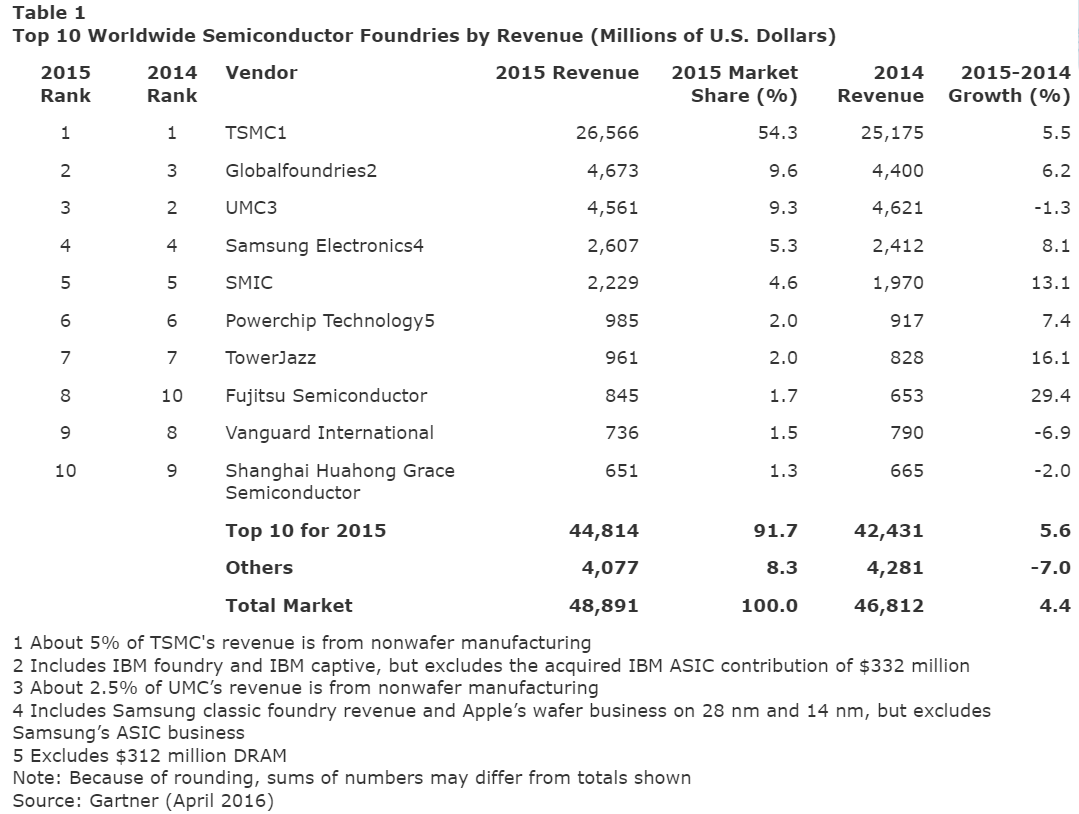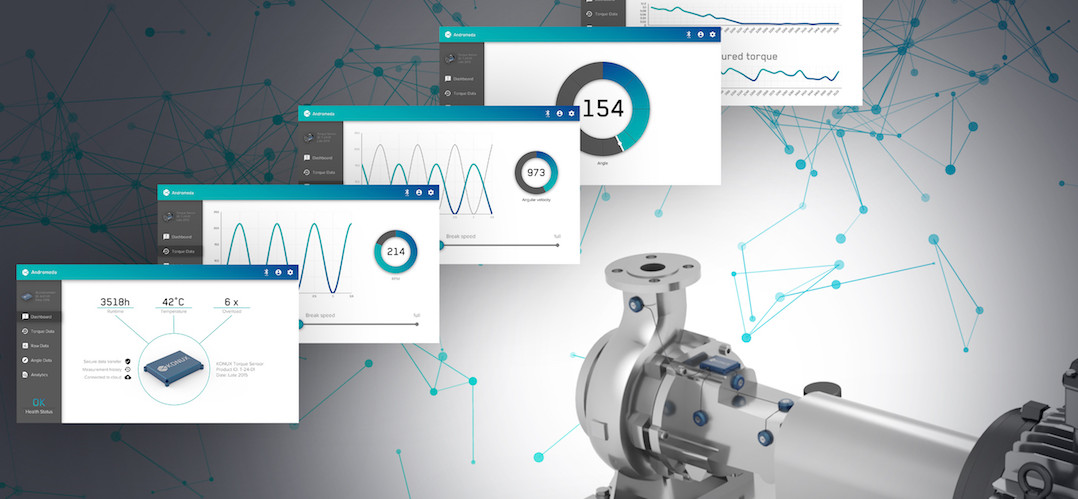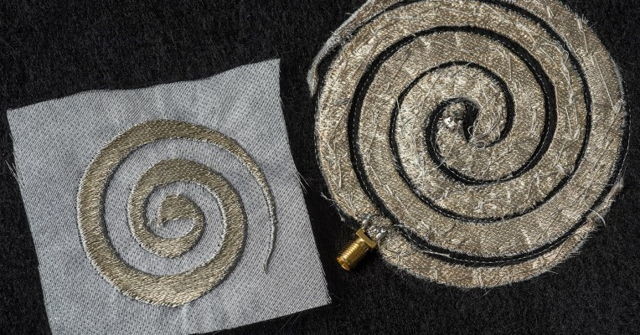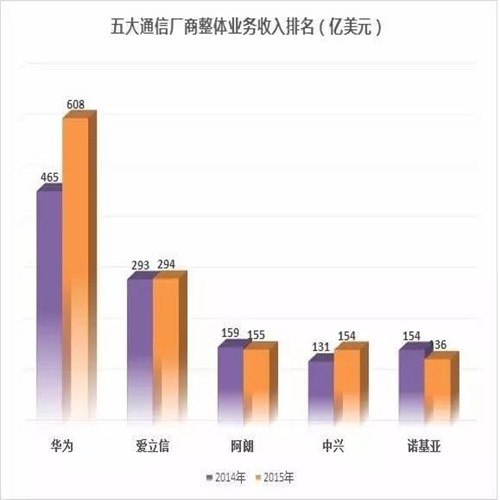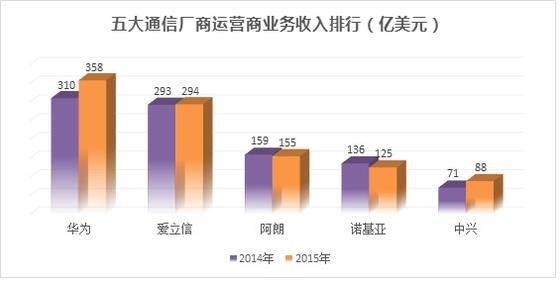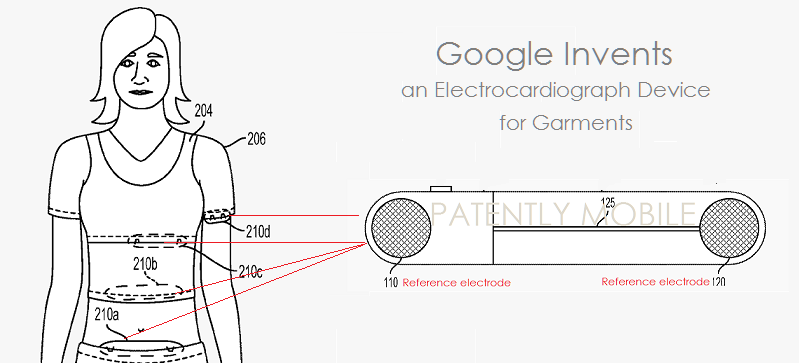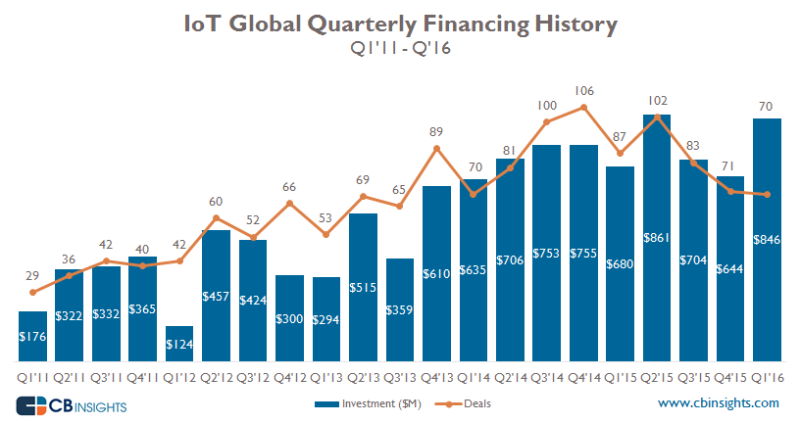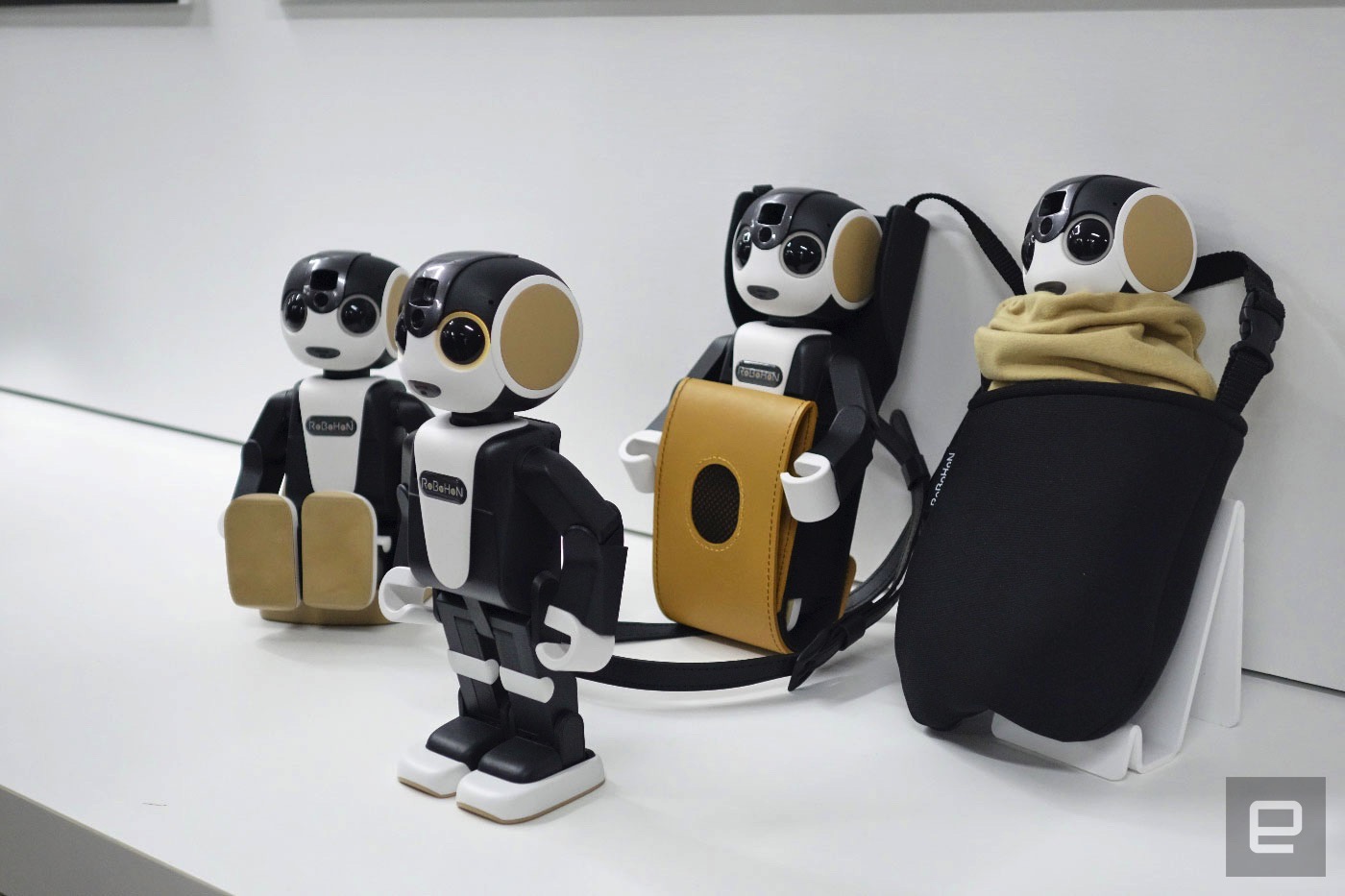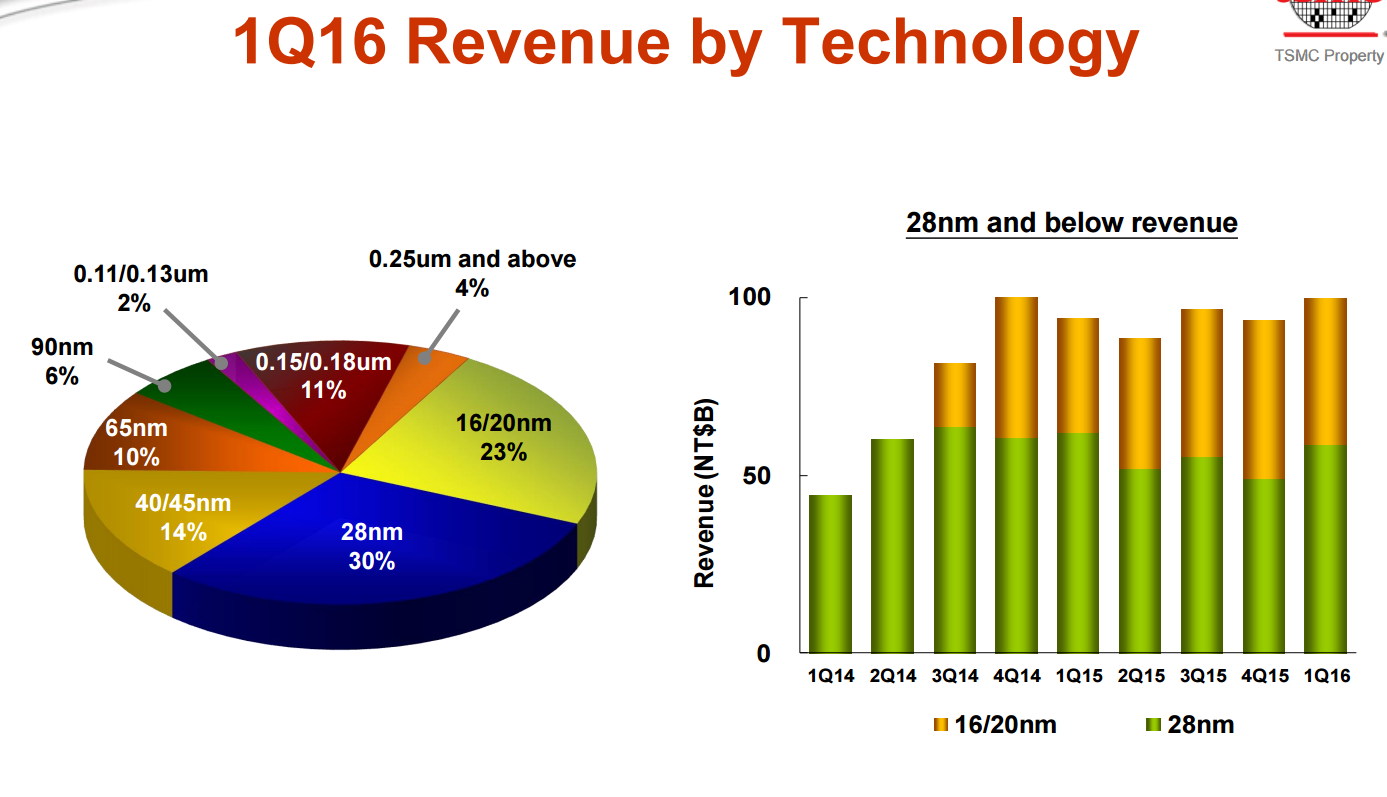
4-17: TSMC 28nm has 53% share benefiting MediaTek; Apple is facing threats “3C”; The 3 main reasons to Huawei’s success; Huawei leading big 5 telecom providers; etc.
TSMC 1Q16 28nm share is 53%, benefiting MediaTek; TSMC is still the global biggest foundry vendor in 2015, revenue reached USD26.566bln; Apple is facing 3 threat 3C – China, chat bots, cheap phones; 3 big factors to Huawei success; Huawei leads big 5 telecom equipment providers; etc.
|
Chipset |
| United Microelectronics Corporation (UMC) to held a forum in Shanghai with the theme focusing on the foundry’s ‘Innovation by Collaboration’ business model that leverages strategic partnerships to realize accelerated, mutual success in areas such as R&D, IP, market development and bringing customer products to timely volume production. (TechNews, 4-Traders) |
| Breaking a three-year double-digit-growth streak, the worldwide semiconductor foundry market grew 4.4% in 2015 to achieve USD48.8 billion in revenue, according to Gartner. Among the top players, the leader, TSMC, grew 5.5% in 2015, driven by the success of 20nm planar and 16nm FinFET technologies serving the need of APs and baseband modem chips. (Gartner, data, Sohu, EEPW) |
| According to MayBank’s analyst Warren Lau, TSMC’s first customer Apple sourcing volume in 1H16 would shrink more than 20% in 1H16. By including all the sales, Apple’s order contributes 33% of TSMC’s revenue. It estimates that TSMC’s revenue would only grow 5.65%-7.13% quarterly (lower than 10%, which expects by a lot of analysts). (TechNews, Barron’s, press) |
| TSMC says that in 1Q16 the share of 16nm / 20nm is 23%, and 28nm share is about 30%, indicating that 28nm share is near 53%. This implies the demand for 28nm is still high, indicating that the mid-to-low-end smartphone pull-in still hot, and MediaTek benefits the most. (TechNews, TSMC presentation, Bloomberg) |
| Xiaomi is rumored to launch two big-display handset, featuring MediaTek Helio X20 processor. The news source is from ODM Longcheer. (Longcheer Telecommunication)。(TechNews, Android Headlines) |
|
Display |
| China Star Optoelectronics Technology (CSOT) will invest CNY50 billion to set up an 11G TFT-LCD panel factory in Shenzhen, for production of large-size TV panels including 45” and 66” units. (Digitimes, OfWeek) |
|
Camera |
| Market expects Largan Precision focusing on main customer Apple’s orders and competing with Japan-based Kantasu and China-based Sunny Optical. (TechNews, 4-Traders) |
|
Sensors |
| Munich-based industrial Internet of Things (IIoT) startup KONUX raised USD7.5 million in Series A funding to start developing smart sensors for industry. (Read/Write, Who Got Funded) |
|
Battery |
| Panasonic will build a new assembly line for mobile phone base station batteries at a factory outside New Delhi, expecting to churn out about 20,000 units in its first year. (TechNews, Business Standard, Nikkei) |
|
Biometrics |
| From payment to public transportation, Sweden’s Fingerprint Cards (FPC) s looking into new ways to use biometric smart cards — cards that are activated with fingerprint. (Digital Trends, CN Beta, Reuters) |
|
Connectivity |
| Ohio State University researchers are able to embroider circuits into fabric with 0.1mm precision—the perfect size to integrate electronic components such as sensors and computer memory devices into clothing. The functional textiles, also called “e-textiles”, are created in part on a typical tabletop sewing machine. (Ubergizmo, OSD, KEPU) |
| According to their finance report, the big 5 telecom equipment providers overall revenue and ranking have changed in 2014-2015. Huawei since 2013 has exceeded Ericsson has grown 20-30% on a yearly basis. (PC Pop, EEPW, OfWeek, Fierce Wireless, IEEE) |
|
Smartphones |
| Panasonic India will focus on smartphones, adding more products tailored to local needs in a bid to boost market share from roughly 3% to about 10% in 3 years. (Nikkei) |
| UBS analyst Steven Milunovich sees three far more serious issues on the horizon that could actually “change the game” and take the world’s most profitable company Apple down. Call it the three C’s of the apocalypse: China, chat bots and cheap phones. (CN Beta, Fortune, press) |
| Huawei 2015 finance report shows that comparing to Apple iPhone’s 1% growth of revenue, Huawei mobile shows 72.9% of growth, and the new strategy is to focus on Europe and North America. Huawei’s success is because of three factors: Investing in omnipotent employees – in last 20 years, salary and bonuses of employees is 2.8 times of company’s yearly profit, and the company plans to increase it to 3.1 times; Spending more in R&D – in 2015 the company has spent USD9.2 billion; and Managing executives. (TechNews, Business Newsweek) |
| Apple will continue its reduced production of iPhones in the April-June 2016 period in light of sluggish sales, according to parts suppliers notified of the plan. A prolonged production cut would hurt Japanese parts suppliers such LCD panel manufacturers Japan Display and Sharp, memory chip supplier Toshiba and Sony, which provides image sensors for cameras. (GSM Arena, Fortune, Nikkei, Apple Insider, TechWeb) |
|
Wearables |
| Google patents an electrocardiograph device for garments. To measure an ECG signal, the device may include two electrodes that can be placed in contact with the person’s skin at respective locations. (TechNews, Patently Apple) |
|
Internet of Things |
| Government leaders of Japan and Germany announced a new partnership between the two countries to establish an IoT standard for commercial and industrial organizations. (Read/Write, Nikkei, PC Pop, Tencent) |
| According to CB Insights analyst Nicholas Pappageorge, 1Q16 is one of the strongest quarters for the IoT yet in funding terms at USD846 million in financing, second only to 2Q15. He noted that this quarter charted 31% growth in dollar value over the previous quarter. (Read/Write, CB Insights) |
| Tesla will open a self-operated retail store in Beijing on April 19, its 5th in the city and 17th in the China market. It is planning to add 10 stores in the market in 2016, according to Tesla China sales director Wang Hao. (Digitimes, IT168, Sina) |
| Sharp RoboHon costs JPY198000 (over USD1800). It walks, it dances, and an embedded projector inside its head can display photos and video at a functional-enough 720p resolution. Sharp confirms that it does have LTE radios inside. (Engadget, 163, Tencent) |
